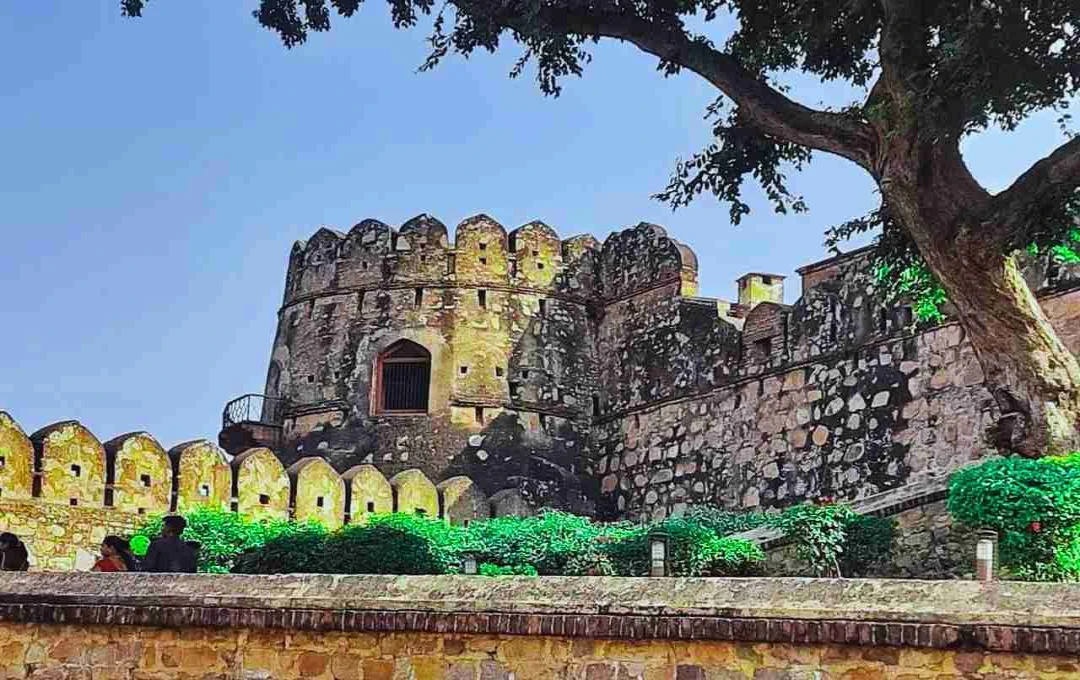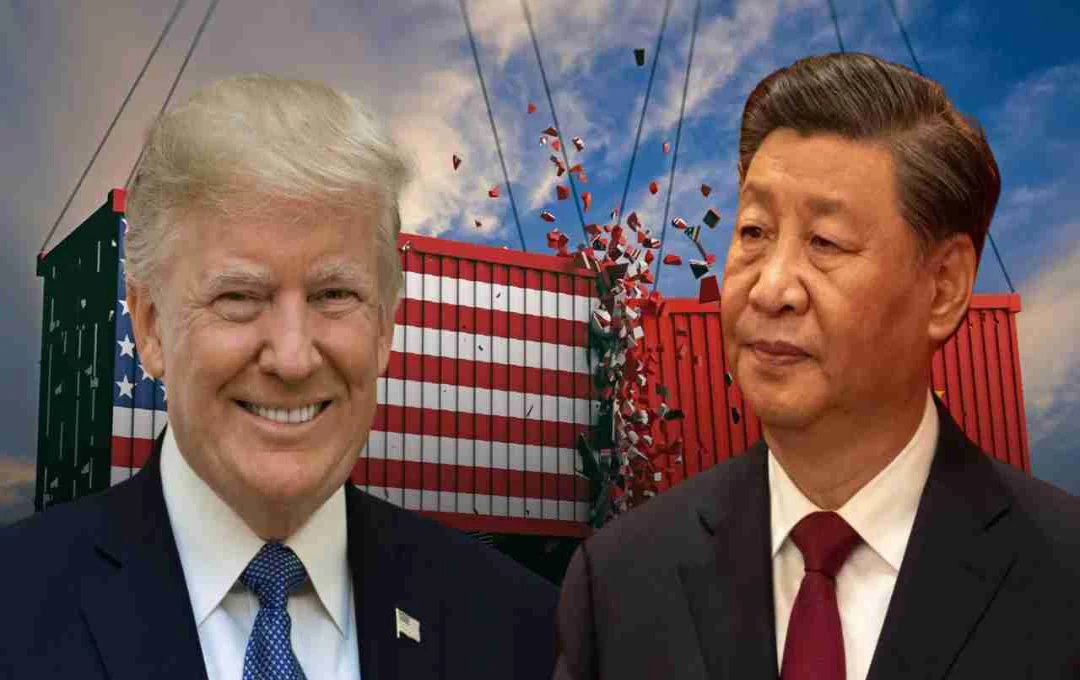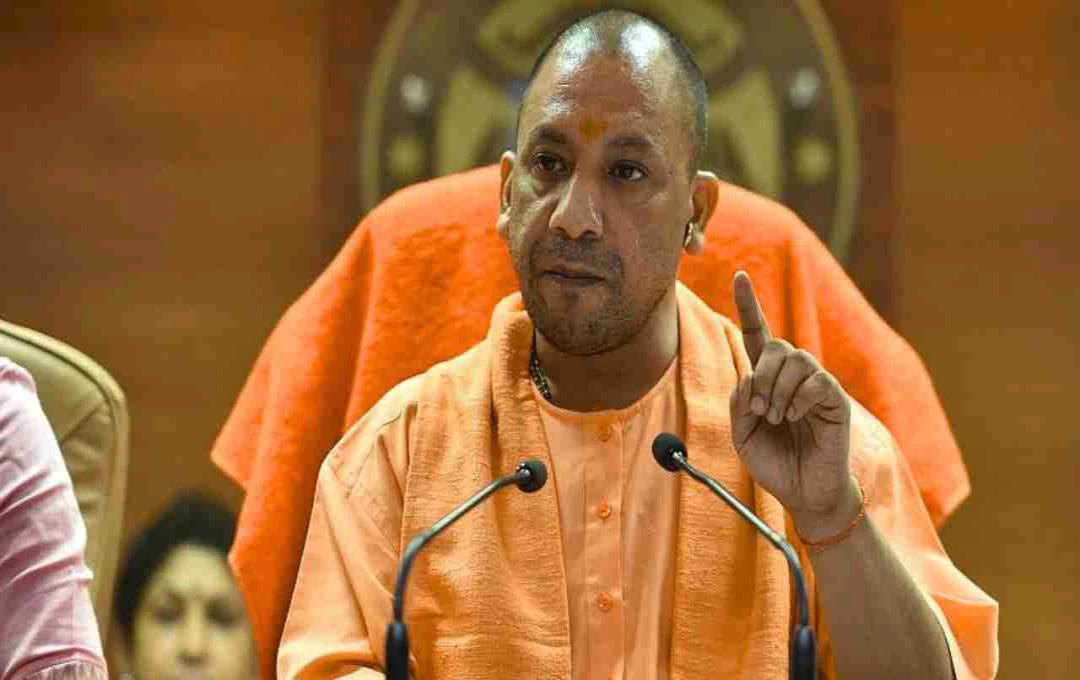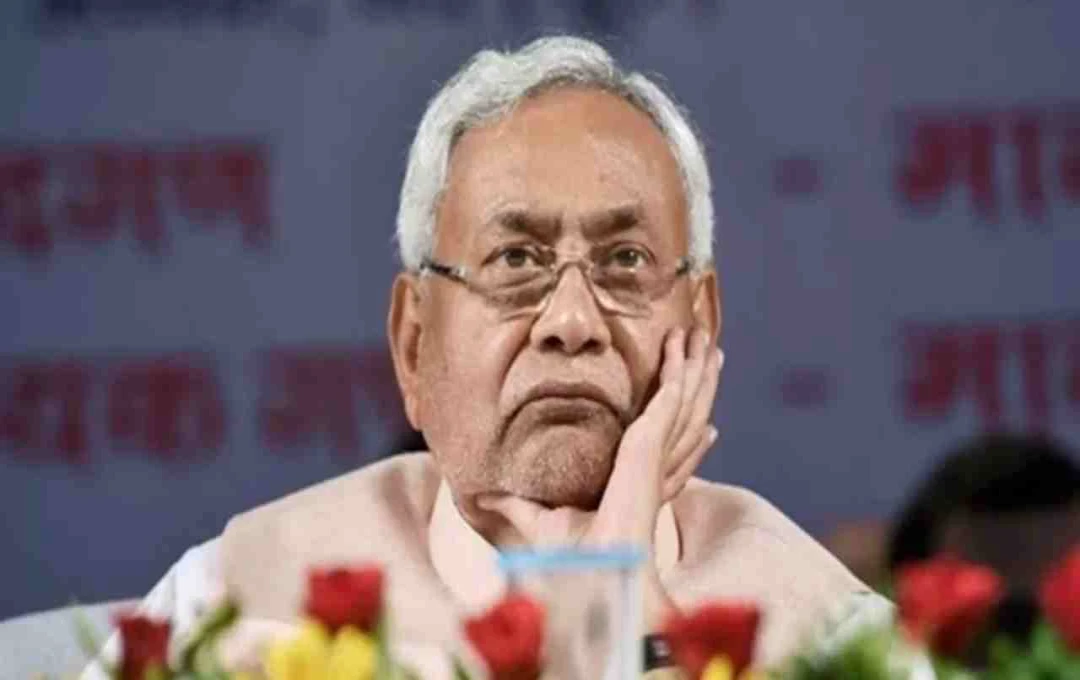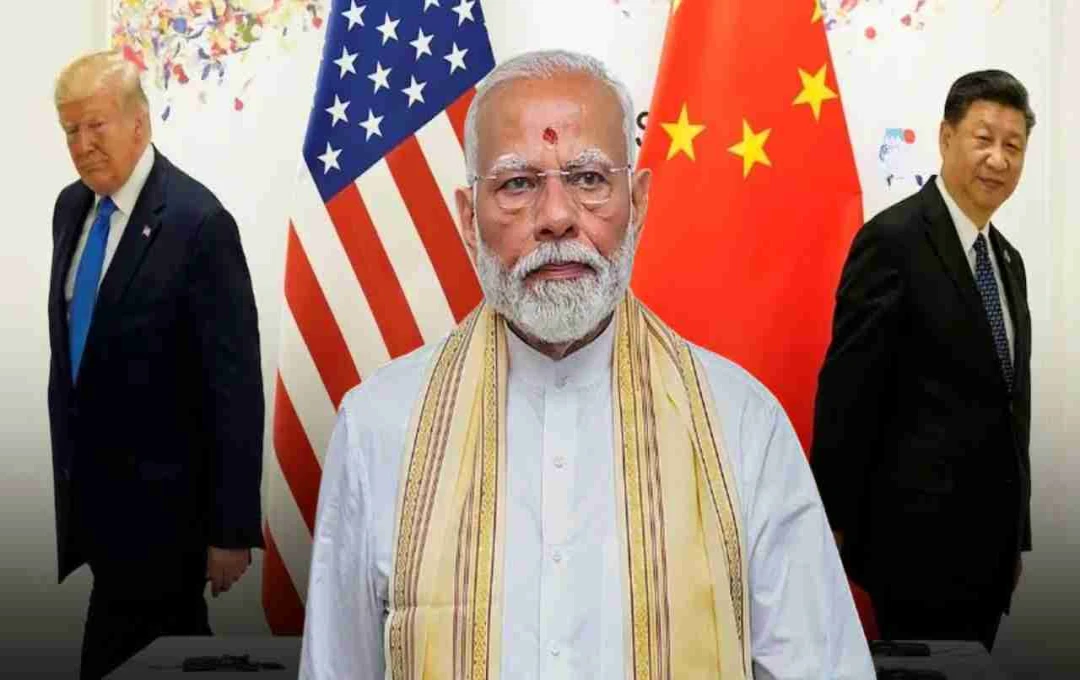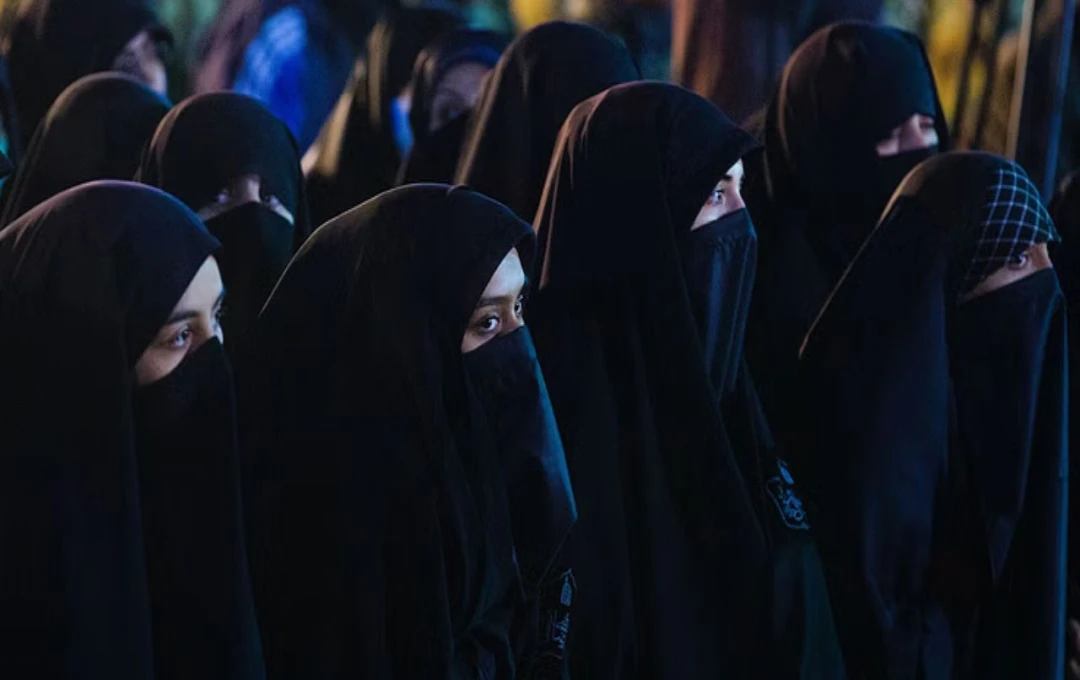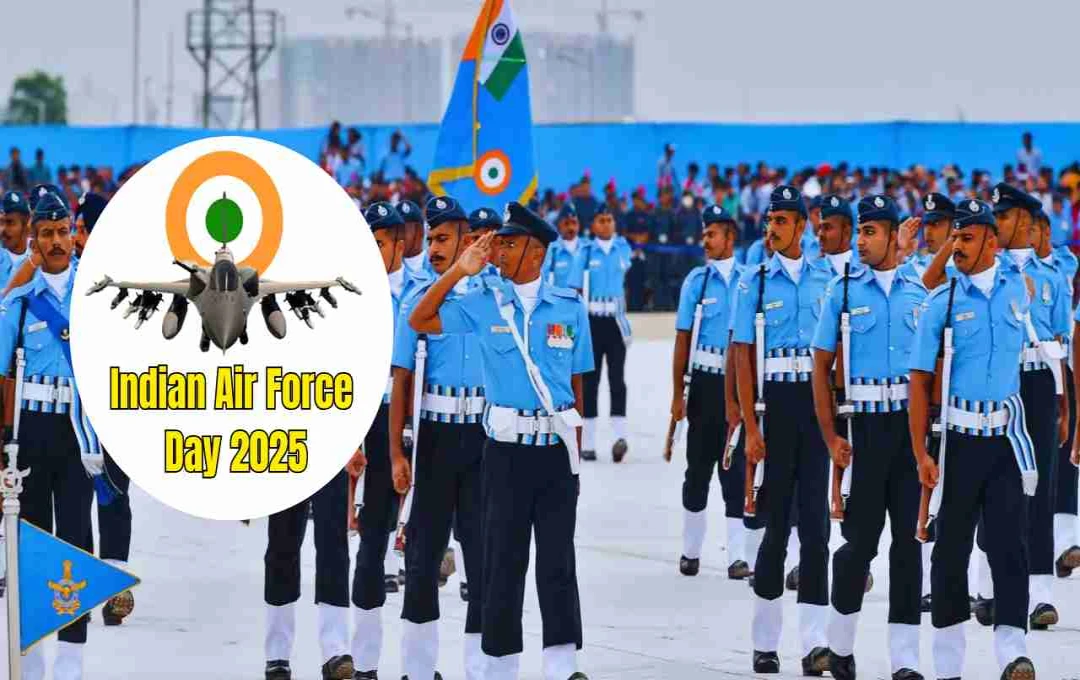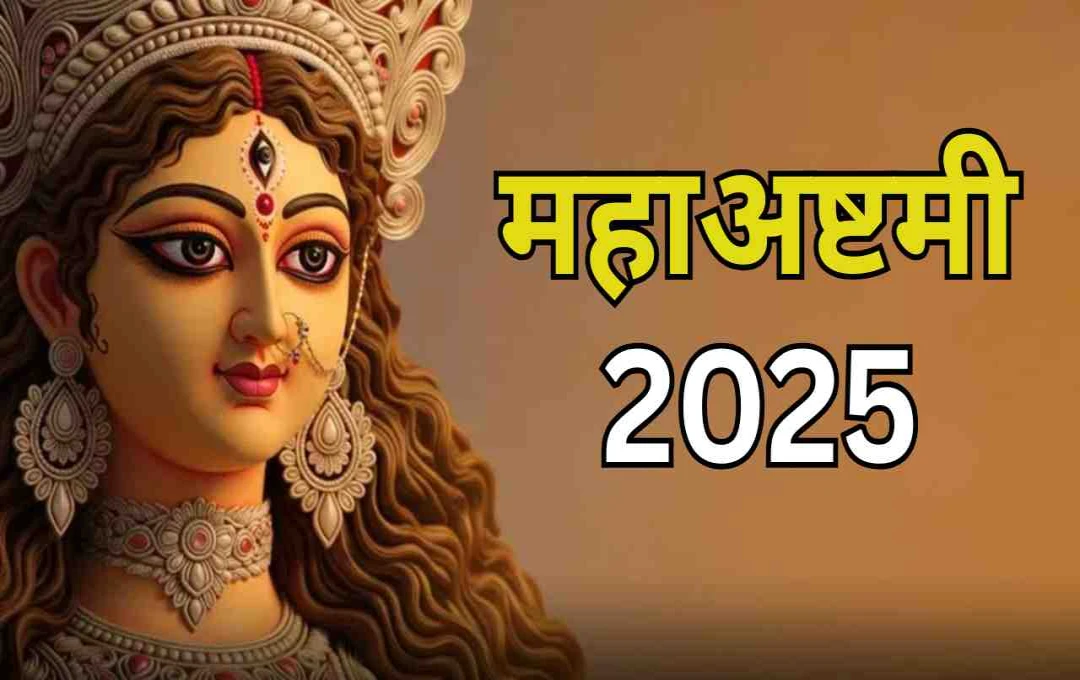Jhansi Fort and the city are not merely historical and architectural heritage sites, but also a living saga of the freedom struggle and valor. Its palaces, gates, windows, and defensive structures still showcase the invaluable heritage of Maratha art, courage, and culture.
Jhansi Fort: A major city in the Bundelkhand region of Uttar Pradesh, Jhansi is not only famous for the 1857 War of Independence but also for its fort and city, which are centers of attraction due to their historical, architectural, and cultural significance. Jhansi Fort and the city are known not only for their magnificent structures and b defenses but also as symbols of the heroic tales of the Maratha rule, the Bundelas, and the British era.
Construction and Historical Significance of Jhansi Fort
Jhansi Fort, built in 1613 AD by Raja Bir Singh Judeo of Orchha, is a strategically and politically important heritage site in the Bundelkhand region. The Bundelas ruled the fort for 25 years, after which it came under the Mughals, Marathas, and finally the British.
The Maratha ruler Narushankar expanded and strengthened the fort in 1729-30, making it famous as ShankarGarh. Jhansi Fort played a crucial role in the freedom struggle.
In 1938, this fort was taken under central protection and is still preserved under the Archaeological Survey of India. The fort has a total of 22 bastions and defensive moats on two sides. The walls of the city have 10 main gates and 6 windows, reflecting its strategic strength.
Within the fort are the Baradari, Panch Mahal, ShankarGarh, and the Rani's regular place of worship, which are considered excellent examples of Maratha architecture. There is also a jumping point (Kudan Sthal) and the Kadak Bijli cannon, which were used during the time of Raja Gangadhar.
10 Prominent Gates of Jhansi City
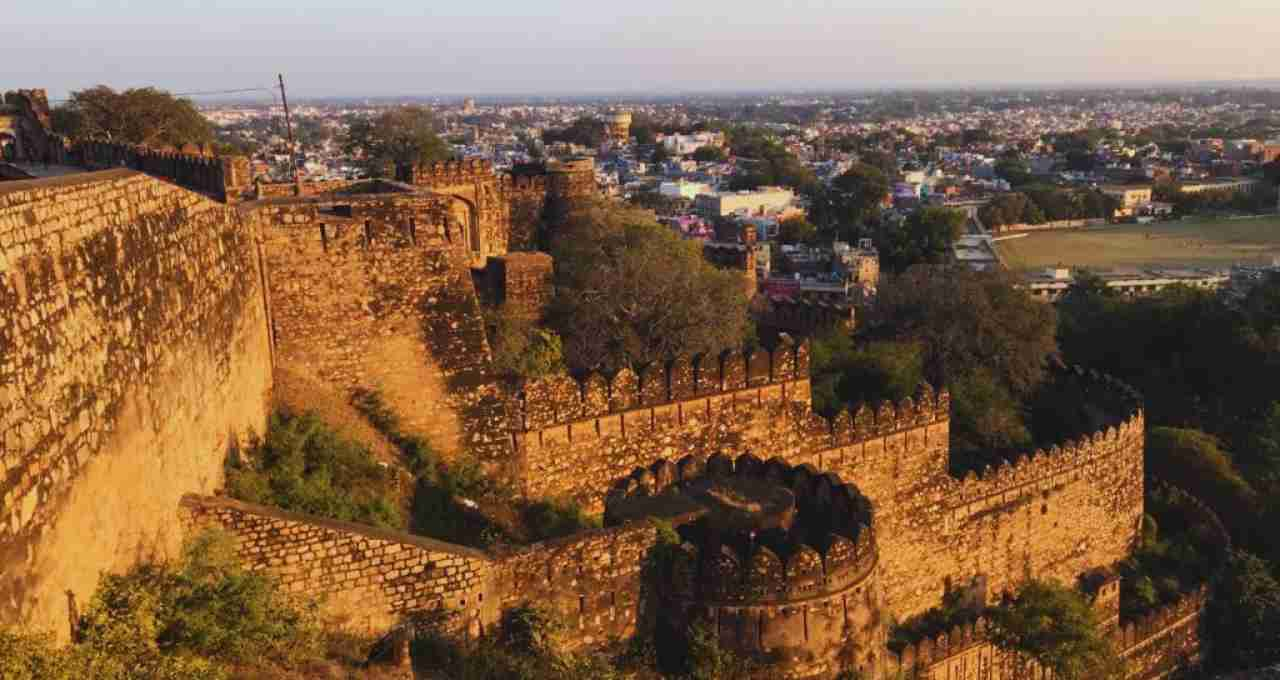
The ancient structure of Jhansi city has 10 prominent gates, which played a vital role in security and urban planning.
- Orchha Gate – Located near the Sultan Mosque and named after the Orchha district of Madhya Pradesh. Associated with the alleged betrayal of Rao Dulhaju during Hugh Rose's army's attack on Jhansi in 1858.
- Laxmi Gate – Located near Laxmi Talab, Shri Mahalakshmi Temple, and the Samadhi of Maharaj Gangadharrao. It is said that Maharani Laxmibai used to distribute clothes and food to the poor here.
- Bhandari Gate – Near Kali Mata and Hanuman Temple. On April 4, 1858, Maharani Laxmibai went to Kalpi with her adopted son through this gate.
- Datia Gate – Near Ghulam Gaus Khan Park. Named after the Datia district of Madhya Pradesh.
- Badagaon Gate (Jharna Gate) – Near Bari Masjid and Mahakali Temple.
- Unnao Gate – Near Unnao Masjid and Thakur Baba Temple. Named after the Unnao district of Uttar Pradesh.
- Khanderao Gate – Near Jhansi Fort, Indrapuri Nagar, and Panchkuiya Temple.
- Saiyar Gate – Near Minerva Marg and Jhokan Bagh. On June 8, 1857, 60 British officers and their families were murdered here.
- Chand Gate – Near Raja Raghunathrao Mahal. Maharani Lachhobai used to view the moon here on the occasion of Eid.
- Sagar Gate – Near Hanuman Temple and Sagar Khidki Masjid. The notorious dacoit Sagar Singh terrorized this area, whom Maharani Laxmibai defeated.
Windows of Jhansi City and Their Historical Tales
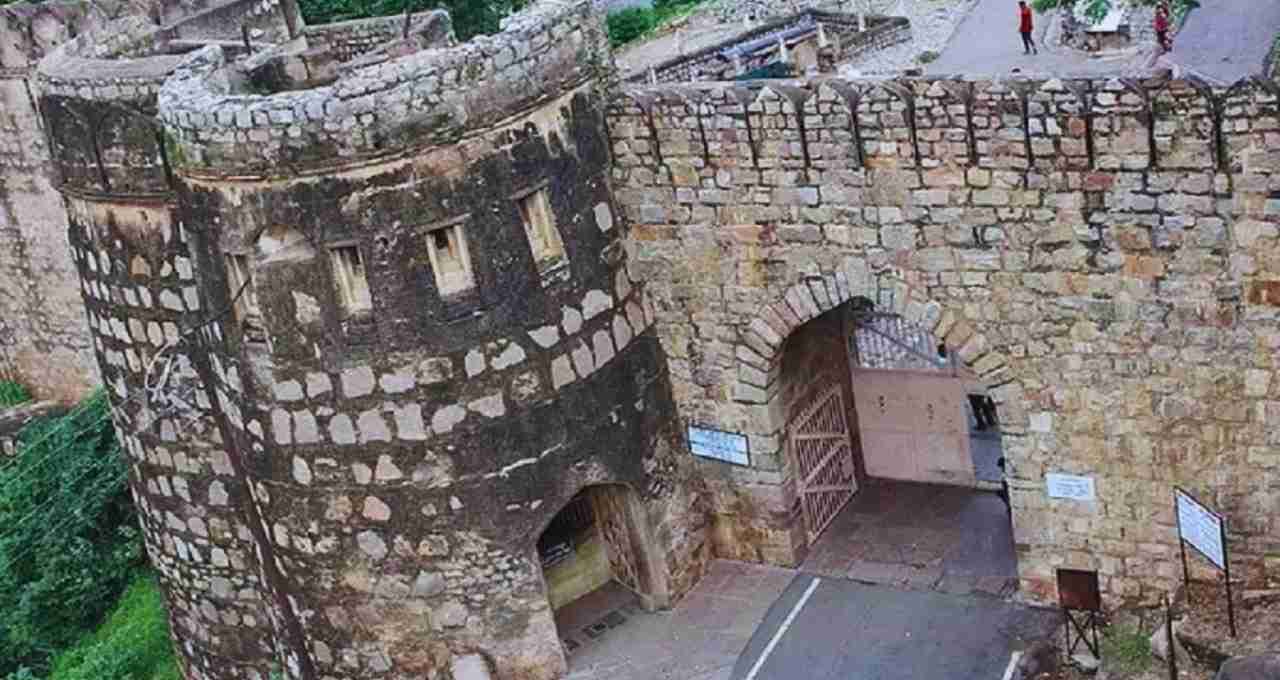
- Bhairav Khidki – Located in the city's ramparts.
- Sujan Khan Khidki – Sujan Khan was a soldier in the Jhansi army and fought the British in the 1857 War.
- Sagar Khidki – Near Sagar Gate. Associated with the old mosque and Sagar Singh.
- Billiayan Khidki – Located in the ramparts.
- Ganpat Giri Khidki – Named after Ganpat Gosai of the Gosai community.
- Aligol Khidki – Near Jhokan Bagh.
These windows were not only built for security but are also witnesses to historical events and wars.
Maharaja Raghunathrao Mahal and the Story of Lachhobai
Raghunathrao Mahal is located near Jhokan Bagh, built in the 18th century by Raghunathrao for his lover Lachhobai. This palace had an elephant house, many grand rooms, and defensive walls.
The love story of Raja Raghunathrao and Lachhobai is part of Jhansi's historical heritage. Lachhobai was honored with the title of Aftab Bano Begum. During the reign of Rani Laxmibai, the horse-riding army and Muslim Pathan army were stationed in the palace.
An example of the palace's security and architecture is that most of it remained intact during the 1857-58 war. The architecture and grandeur of the palace still attract tourists and historians.
Tourism Significance of Jhansi Fort and City
Today, Jhansi Fort is under the protection of the Archaeological Survey of India, and tourists need to obtain permission to visit it. The fort and the city's historical gates, windows, palaces, Baradari, and grand defensive structures reflect its architectural excellence and strategic importance.
A visit to Jhansi Fort is important not only from a historical perspective but also to experience Indian valor, the freedom struggle, and Maratha architecture.
Jhansi Fort and the city are not merely historical and architectural heritage sites, but also a living saga of Indian valor and the freedom struggle. Its magnificent palaces, defensive structures, gates, and windows are symbols of untold stories of history. Today, this site is not only a center of attraction for tourists but also an example of preserving the invaluable heritage of Maratha art, courage, and culture.
